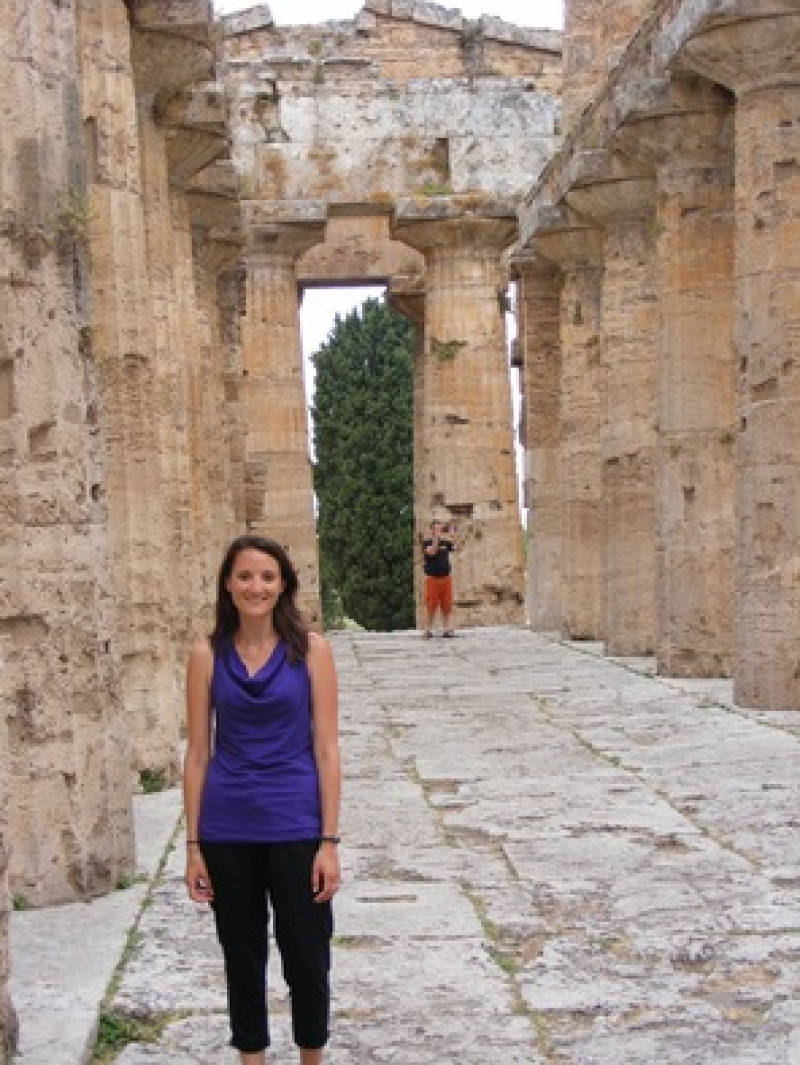
I began this project as a seminar paper in Spring 2015. Since then, I have been developing my thesis through revision and further research. I am continuing to work on this project with the intention of developing it into an article suitable for publication. In addition, I hope that my research on the Getty Hexameters will lead to insights into the relationship between myth and archaic Greek poetry more generally.
The Iles Award affords me the opportunity to engage with the Getty Hexameters as a cultural artifact in addition to studying it as a text. In July, I will go to Selinute to visit the site where the tablet was originally found, and, in addition, I hope to visit the Getty Villa to see the tablet. Although engaging with the Getty Hexameters as a cultural artifact will not necessarily alter my argument about the text, it is nevertheless an important part of thinking about the verses. It is not always possible for me to have a tangible link to the texts I study, but the Getty Hexameters offer a unique opportunity in this regard. It is a text that exists not only at the intersection of poetics, magic, and myth, but also at the intersection of literature, epigraphy, and material culture.
